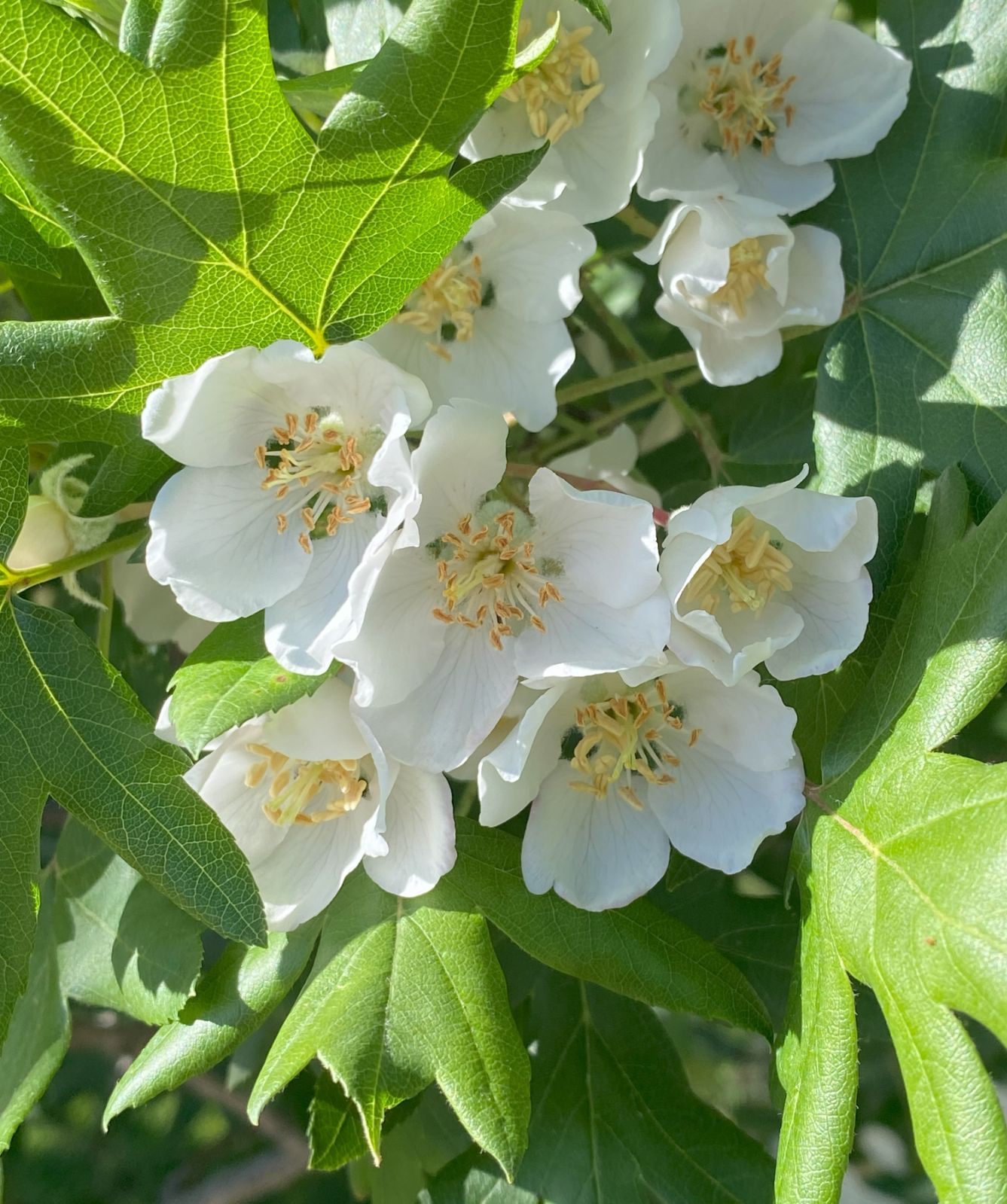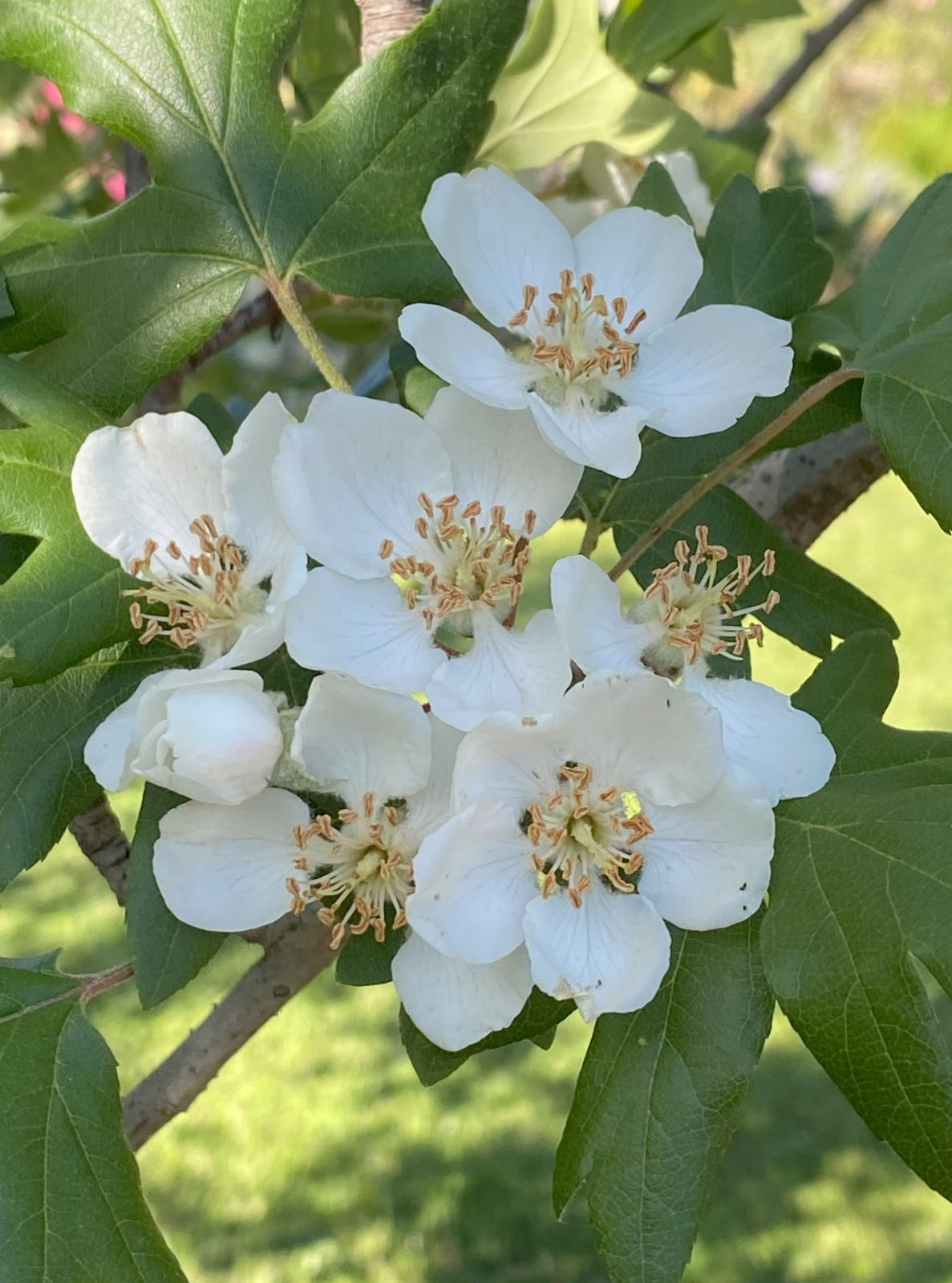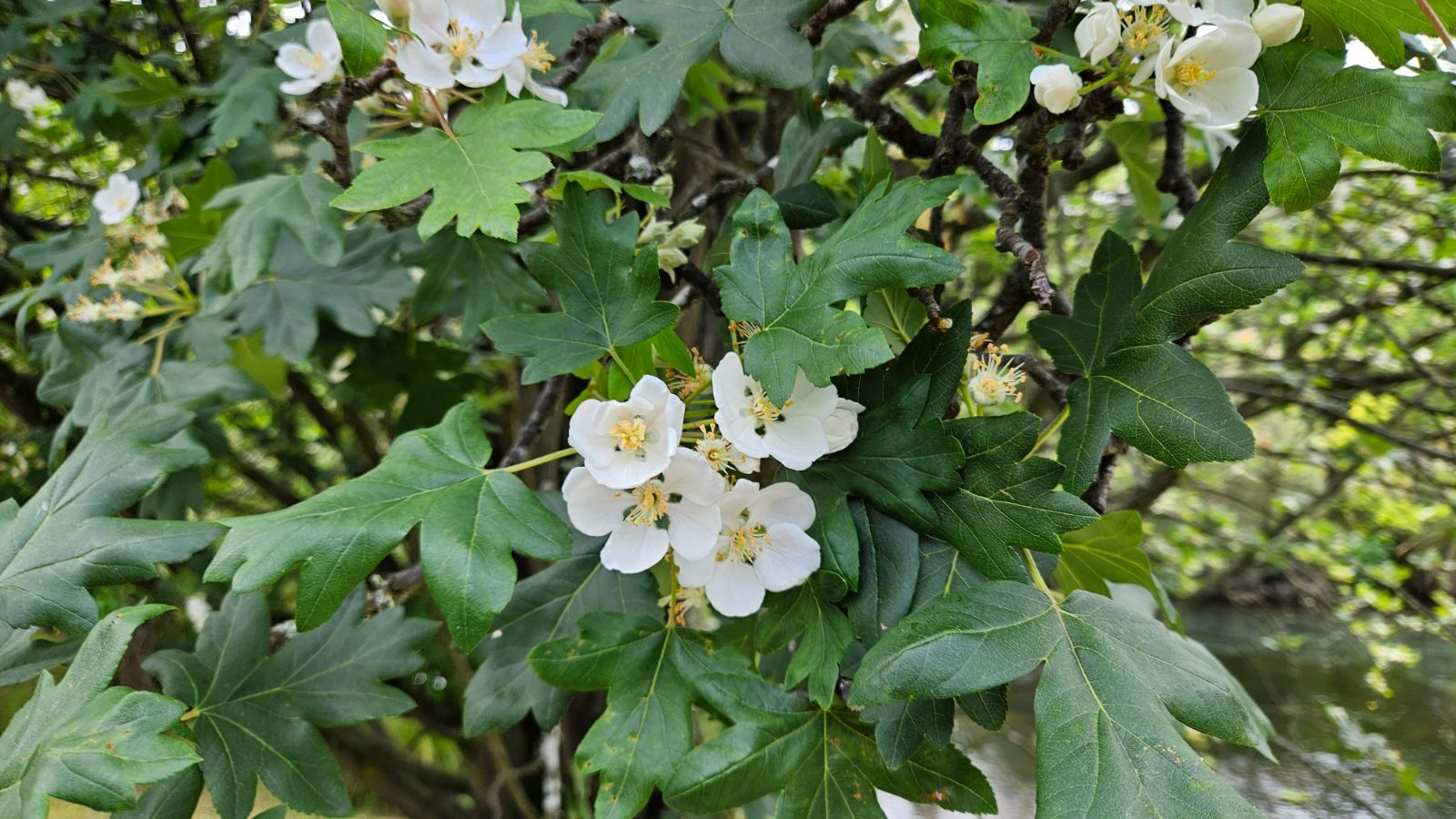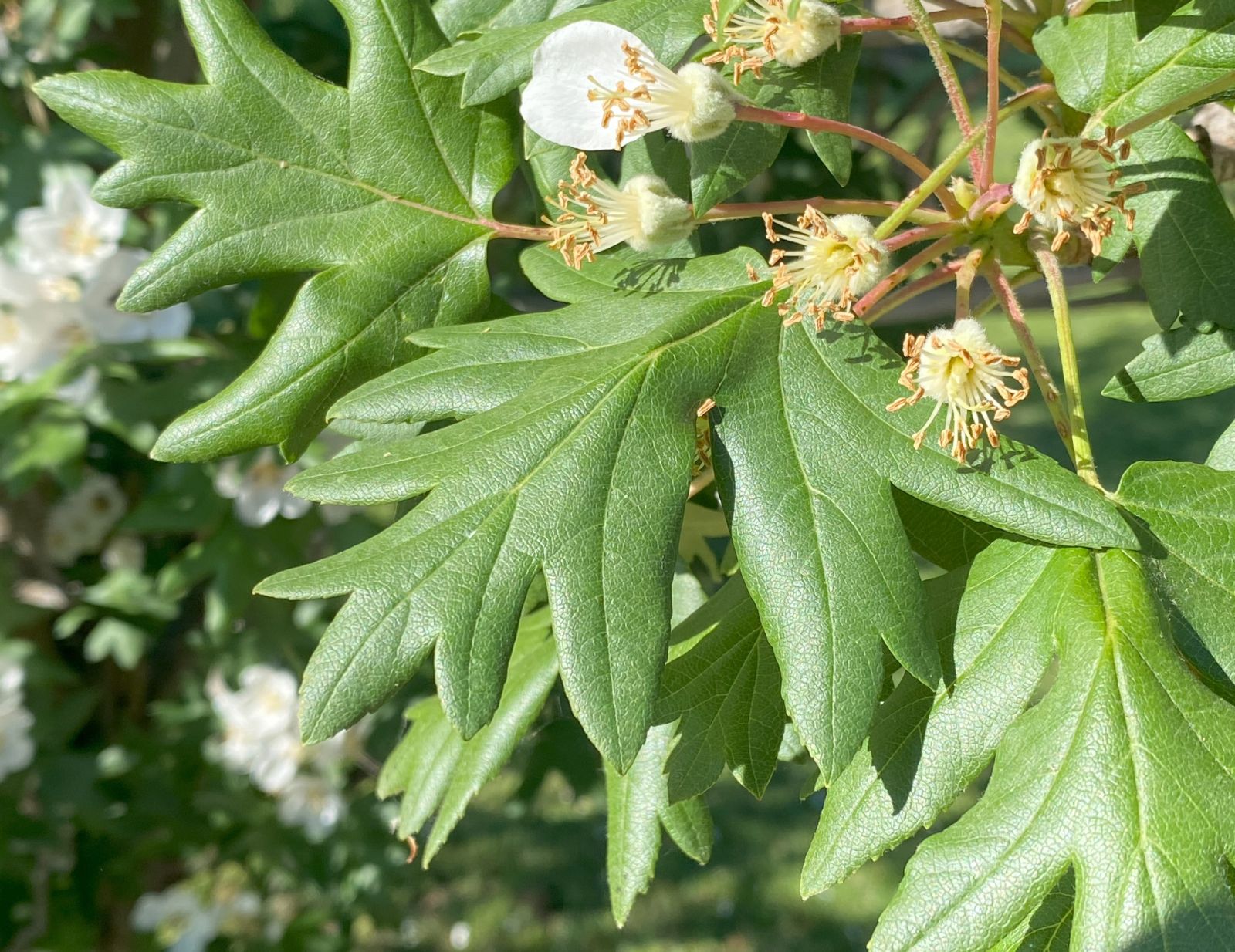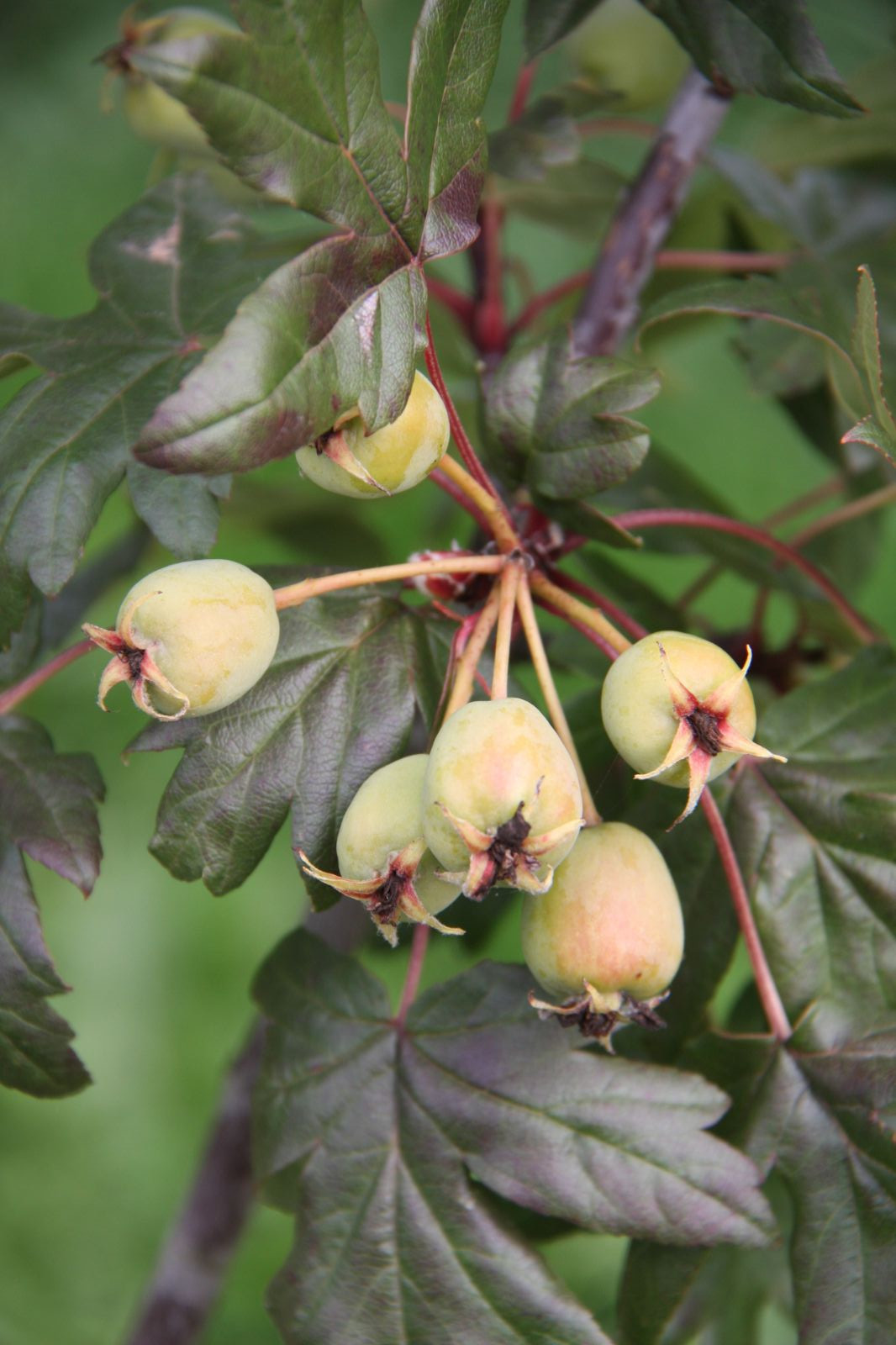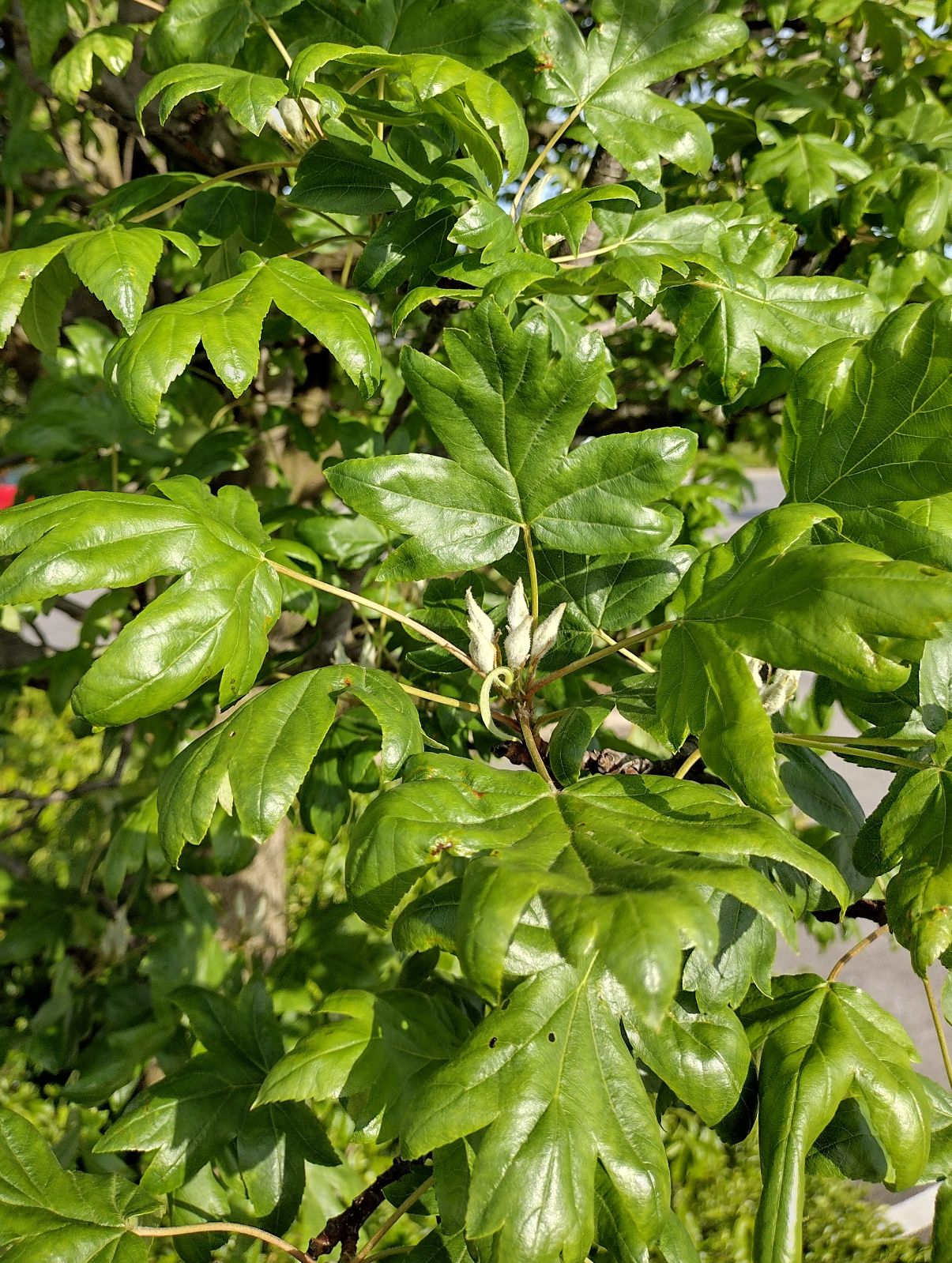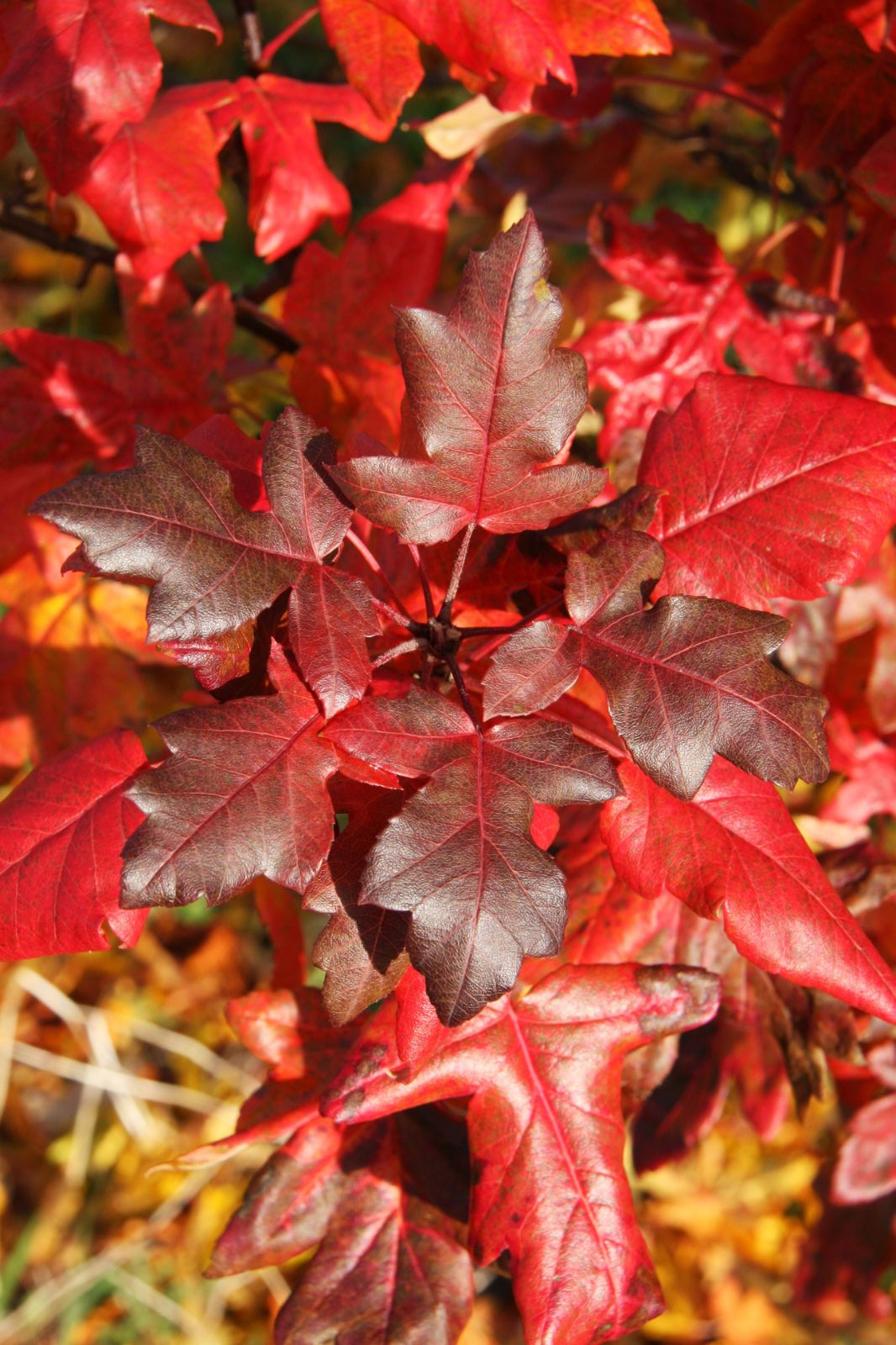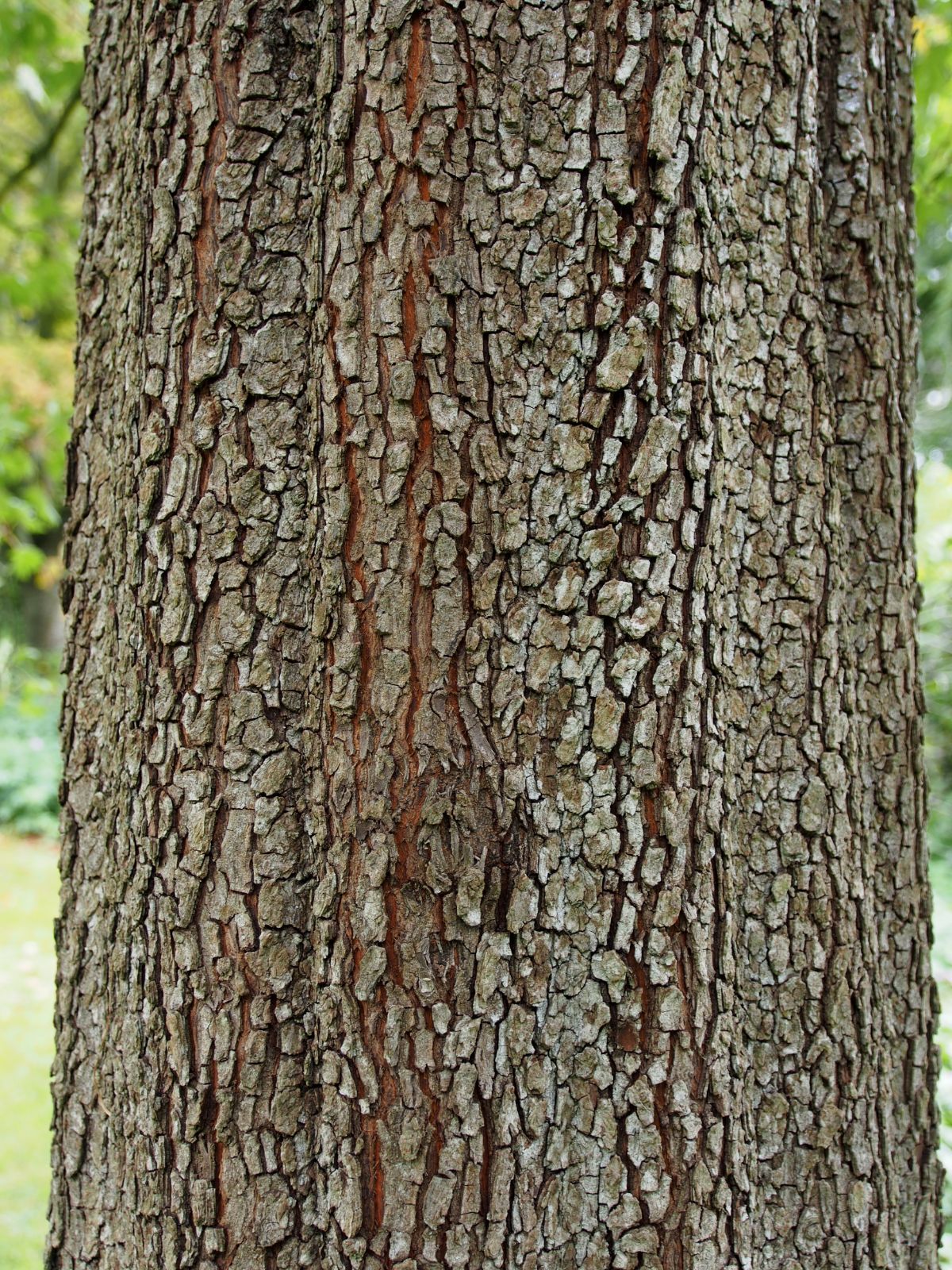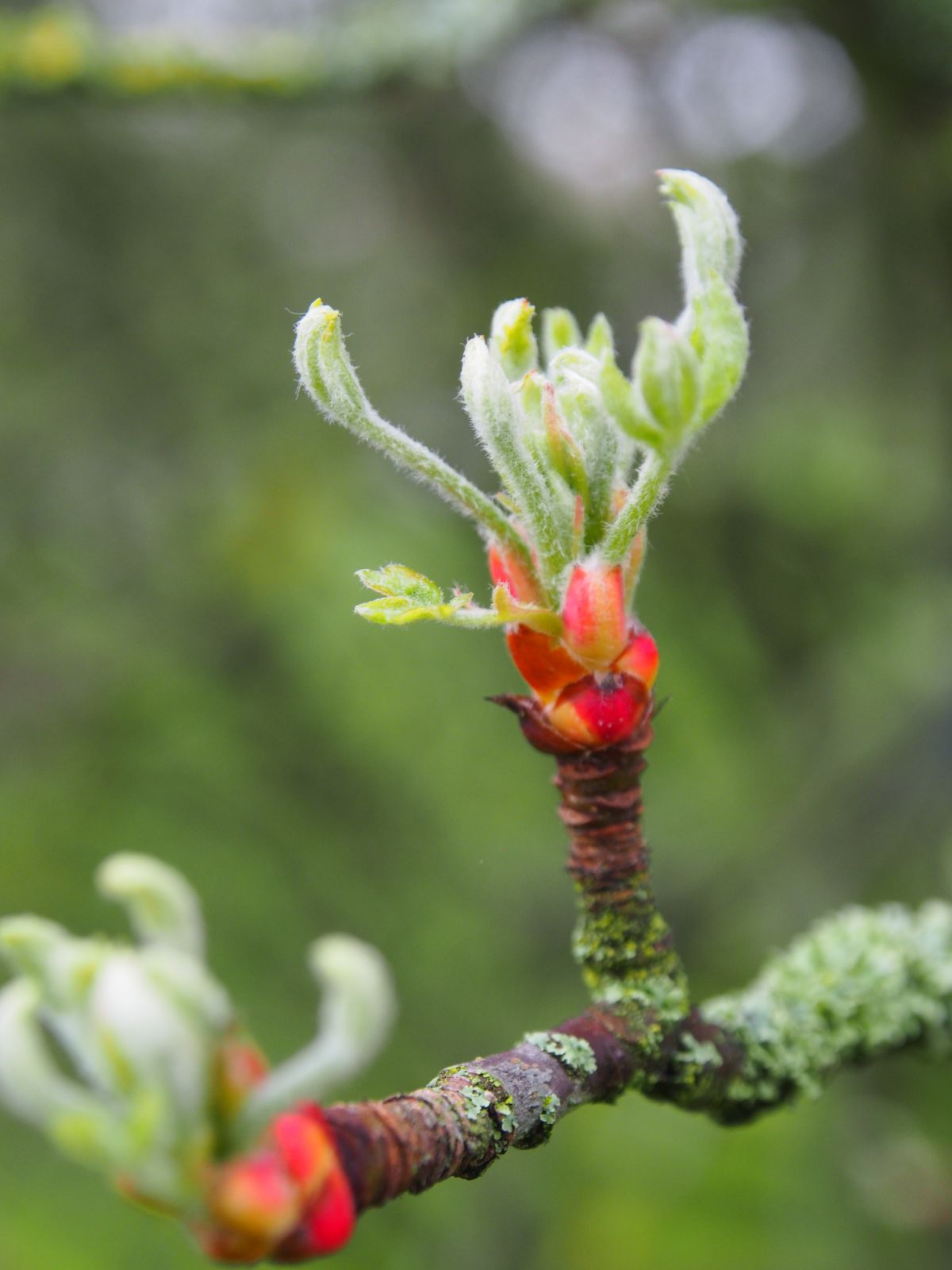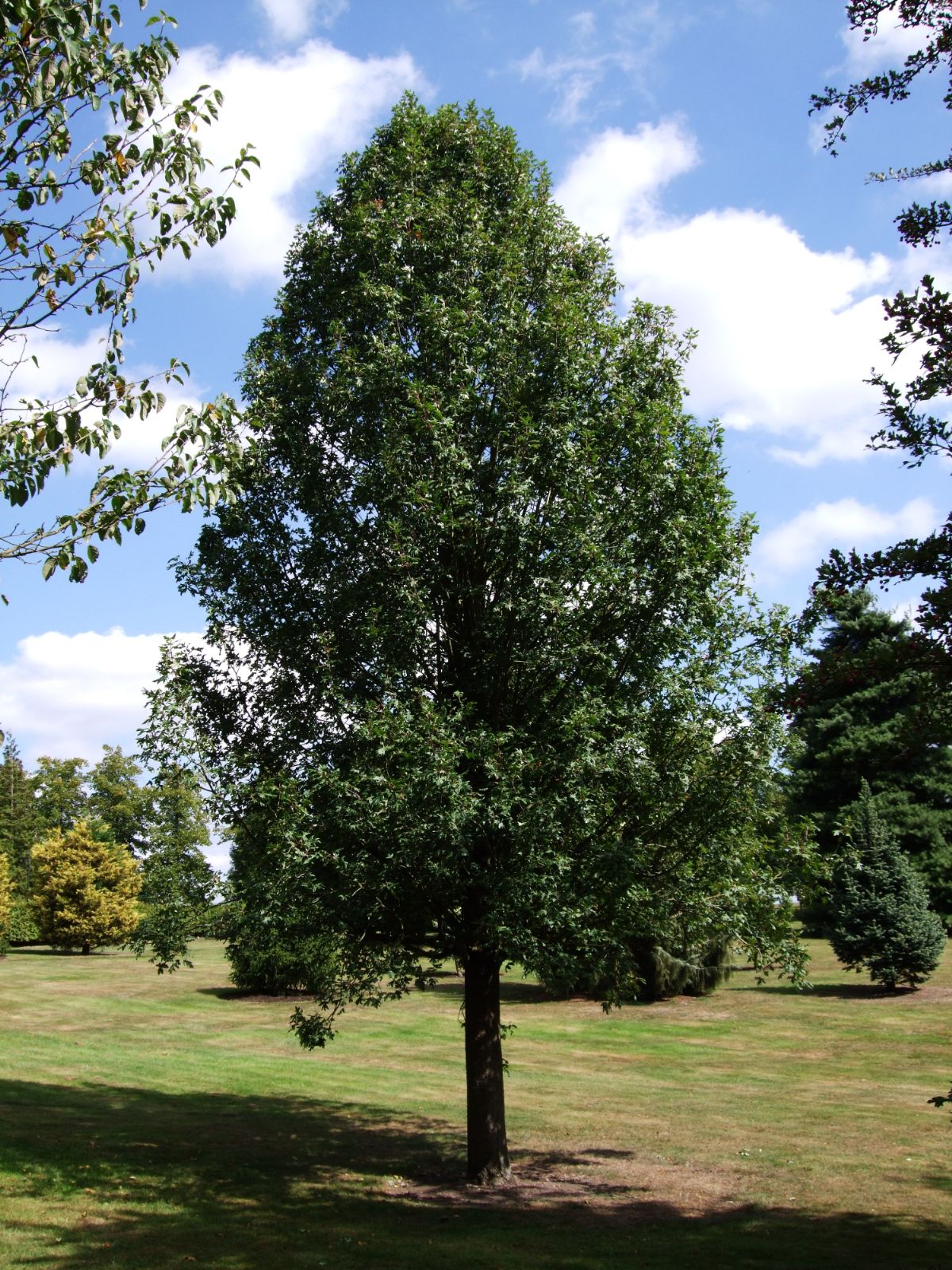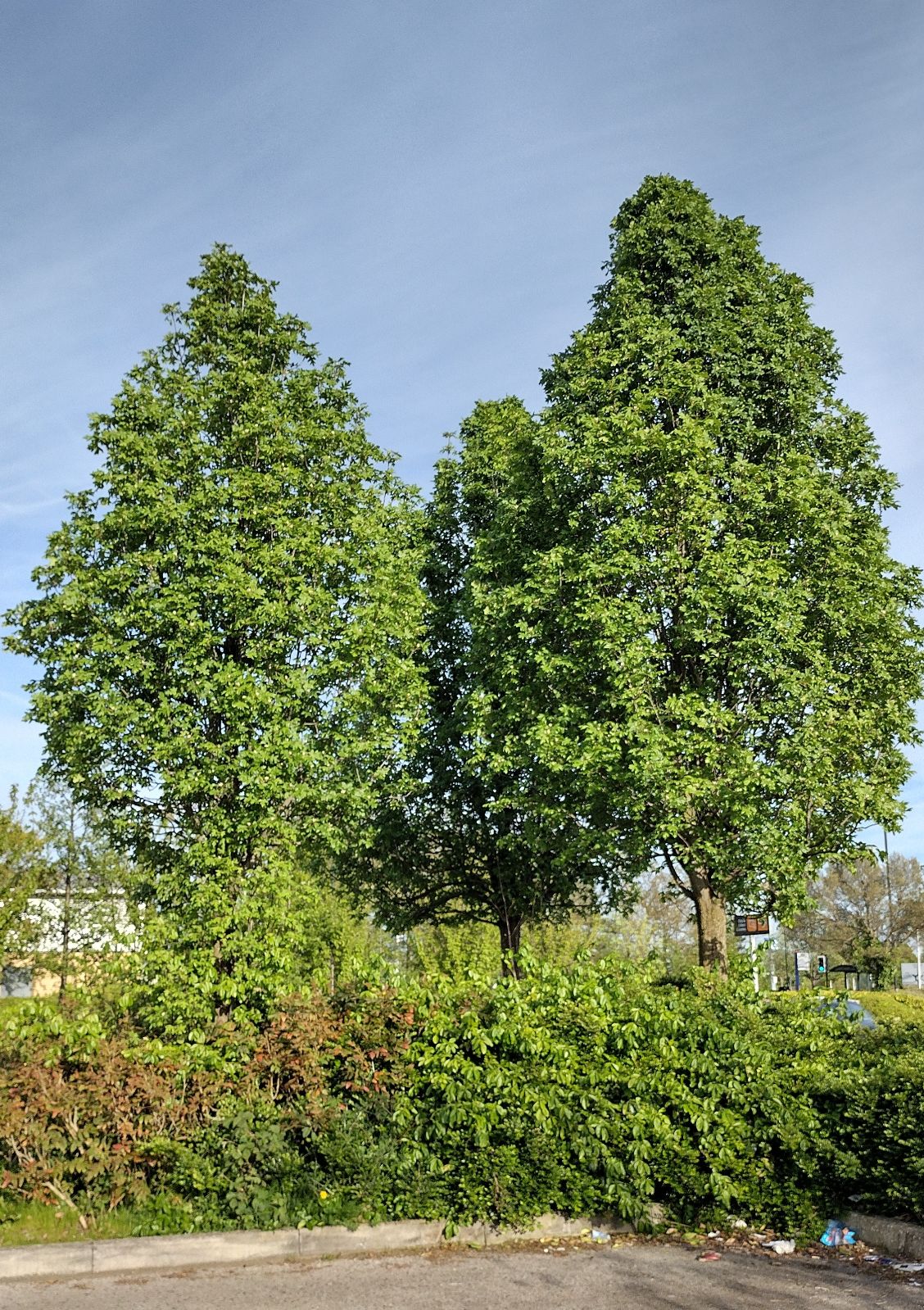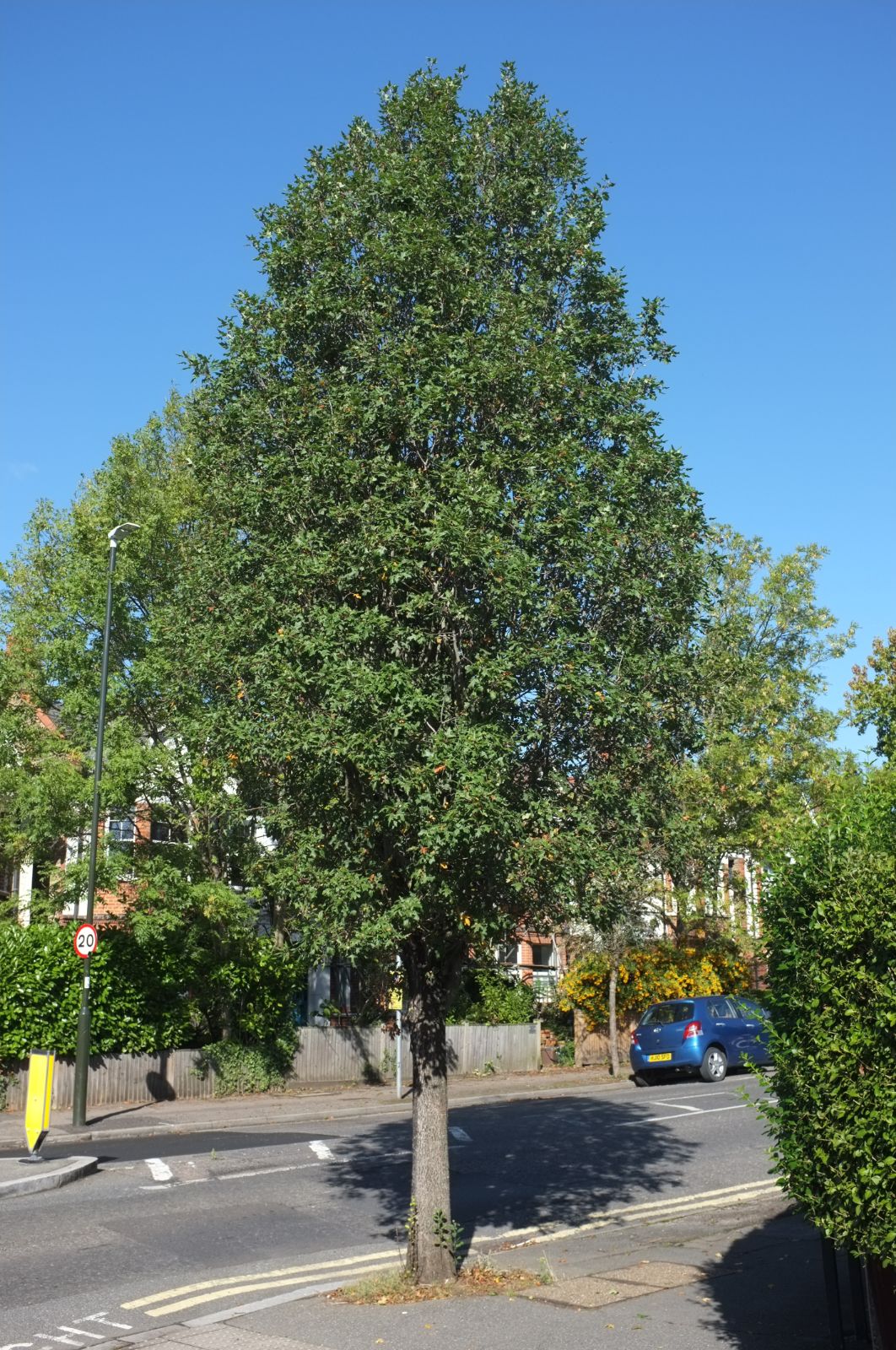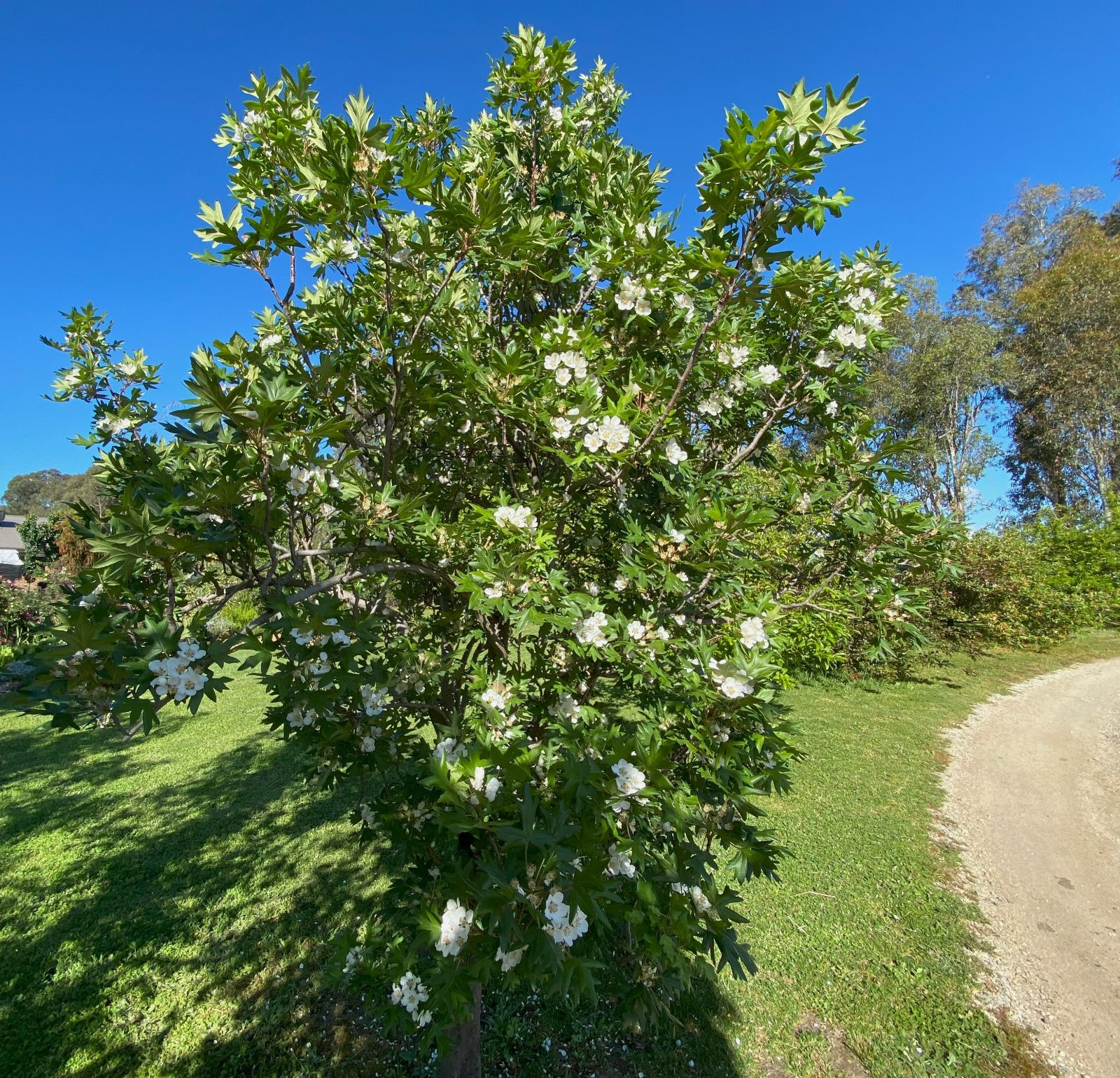Malus trilobata
Sponsor
Kindly sponsored by
Francine: 'after many informative Tours and Study Days with the IDS I feel it only fitting to help and promote such a wonderful organisation'
Credits
Julian Sutton (species), Nick Dunn (cultivars) (2021)
Recommended citation
Sutton, J. & Dunn, N. (2021), 'Malus trilobata' from the website Trees and Shrubs Online (treesandshrubsonline.
Genus
Common Names
- Lebanese Wild Apple
- Three-lobed Crab
- Deer Apple
- Turkish Apple
Synonyms
- Crataegus trilobata Labill.
- Eriolobus trilobatus (Labill.) Roem.
Infraspecifics
Other taxa in genus
- Malus × adstringens
- Malus angustifolia
- Malus × arnoldiana
- Malus asiatica
- Malus × astracanica
- Malus × atrosanguinea
- Malus baccata
- Malus bhutanica
- Malus × brevipes
- Malus chitralensis
- Malus coronaria
- Malus crescimannoi
- Malus Cultivars A-B
- Malus Cultivars C
- Malus Cultivars D-F
- Malus Cultivars G-I
- Malus Cultivars J-K
- Malus Cultivars L-M
- Malus Cultivars N-Q
- Malus Cultivars R
- Malus Cultivars S
- Malus Cultivars T-Z
- Malus dasyphylla
- Malus × dawsoniana
- Malus domestica
- Malus doumeri
- Malus florentina
- Malus × floribunda
- Malus fusca
- Malus × gloriosa
- Malus halliana
- Malus × hartwigii
- Malus × heterophylla
- Malus honanensis
- Malus hupehensis
- Malus ioensis
- Malus kansuensis
- Malus kirghisorum
- Malus komarovii
- Malus × magdeburgensis
- Malus × micromalus
- Malus × moerlandsii
- Malus montana
- Malus ombrophila
- Malus orientalis
- Malus × platycarpa
- Malus praecox
- Malus prattii
- Malus prunifolia
- Malus × purpurea
- Malus × robusta
- Malus rockii
- Malus Rootstock Cultivars
- Malus Rosybloom Cultivars
- Malus × scheideckeri
- Malus sieversii
- Malus sikkimensis
- Malus × soulardii
- Malus spectabilis
- Malus spontanea
- Malus × sublobata
- Malus sylvestris
- Malus toringo
- Malus transitoria
- Malus tschonoskii
- Malus turkmenorum
- Malus yunnanensis
- Malus × zumi
Small tree or shrub to 6(–10) m, branches ascending. Bark dark grey, deeply fissured and scaly with age. Branchlets densely hairy at first, soon glabrous. Leaf blade 1.5–8 × 2–11 cm, deeply 3-lobed, the lobes acute and usually further divided, the whole sometimes approaching a 7-lobed palmate leaf, glabrous above, hairy beneath, especially on the veins, at least at first; margins serrate; petiole 2–7 cm. Inflorescence a 3–10-flowered umbel. Flowers 3–4 cm diameter in early summer; ovary extended at apex, densely hairy; sepals triangular, densely tomentose on both surfaces, reflexed, joined at the base, persistent, 8–12 mm; petals white; stamens about 20; styles 5. Fruit 1–3 cm diameter, spherical to pear shaped, yellow-green, sometimes with a red flush, with stone cells. (Tutin et al.1968; Bean 1981; Cullen et al. 2011).
Distribution Bulgaria E Rhodopi Greece Thrace Israel N. Galilee, rare Lebanon Mt Lebanon northward Syria Turkey W & S Anatolia
USDA Hardiness Zone 5-9
RHS Hardiness Rating H6
Awards AGM
Conservation status Near threatened (NT)
Malus trilobata is a most distinctive plant. A narrow-crowned tree, sometimes almost columnar, its rather shiny, deeply lobed, maple-like leaves are continuously attractive, and reliably colour red in autumn. The white flowers are remarkably large and late, typically in June; the broadly rounded petals narrow abruptly to a narrow claw, leaving highly visible rounded spaces between the claws, a lovely effect. The greenish fruits – at worst ornamentally inoffensive – are best after a hot summer (Edwards & Marshall 2019). Native to the eastern Mediterranean region, it grows well in cooler maritime areas such as Britain. While Bean (1981) and Fiala (1994) were still able to describe it as rare in gardens, it is increasingly promoted by the nursery trade as a disease resistant tree for garden and amenity planting. Its narrow shape and Mediterranean provenance make it well suited to difficult urban settings: it is successfully used in the car park of Sainsbury’s supermarket in York, for example (J. Grimshaw pers. comm. 2020).
Of all the species we treat as Malus, this oddity is the most likely to be seen listed under another genus (Eriolobus) at the time of writing. There is no consensus; some in botany and horticulture choose Malus (e.g. Juniper & Mabberley 2019; Edwards & Marshall 2019), others Eriolobus (e.g. Royal Botanic Gardens, Kew 2020; Cullen et al. 2011). Other species have been placed in Eriolobus from time to time, notably M. florentina (Royal Botanic Gardens, Kew 2020), but again there is no consensus. The few molecular studies which have included M. trilobata (Li et al. 2012; Sun et al. 2018) support an outlying position in a broadly-drawn Malus, perhaps allied to M. florentina (Li et al. 2012). Until more comprehensive studies inform decisions on whether or how to split the maloids, we take a conservative view.
This species was first described (as Crataegus trilobatus) by the much-travelled, abrasive French botanist Jacques Labillardière in 1812 in a book on Syrian plants: before the work on Australian plants which made him famous, Labillardière had travelled and collected in the Near East, in 1787. His specific epithet refers to the 3-lobed leaves. The details of its introduction to cultivation are not clear, but it was grown at Kew by 1900 (Bean 1981), and was introduced to the Arnold Arboretum in 1880 (Fiala 1994).
Large examples in the British Isles include a group of three planted at Winkworth Arboretum, Surrey in 1938, the largest 15 m × 160 cm in 2010, and one at Rowallane, Northern Ireland measured at 13 m × 158 cm in 2016 (The Tree Register 2020). A wild-provenance Turkish specimen from A. Baytop 85/12 at RBG Edinburgh dates from 1986 (Royal Botanic Garden Edinburgh 2020).
In continental Europe, M. trilobata proves hardy in a number of arboreta in the Low Countries. There are for example four specimens from a 1986 Turkish accession at the Belmonte Arboretum, Wageningen, Netherlands, and one of garden provenance at the Arboretum Robert Lenoir, Rendeux, Belgium, dating from 1971 (Belmonte Arboretum 2020; Plantcol 2020). The species is offered commercially by several European tree nurseries.
Rare in North America, even in specialist collections, there is a single example from a 2009 Lebanese accession at the Arnold Arboretum (Arnold Arboretum 2020); older accessions have not been kept going. Native to areas with a Mediterranean climate, this tree would seem a good choice for California and perhaps western Oregon.
There are no known hybrids of M. trilobata (Fiala 1994), maybe simply for want of trying.
'Guardsman'
Marketed by British nurseries for its narrow, upright habit and red autumn colour. ‘Dubiously distinct’ (Edwards & Marshall 2019). (For a standardized cultivar description allowing comparison with diverse ornamental crabs, see under Malus Cultivars G-I ‘Guardsman’).

